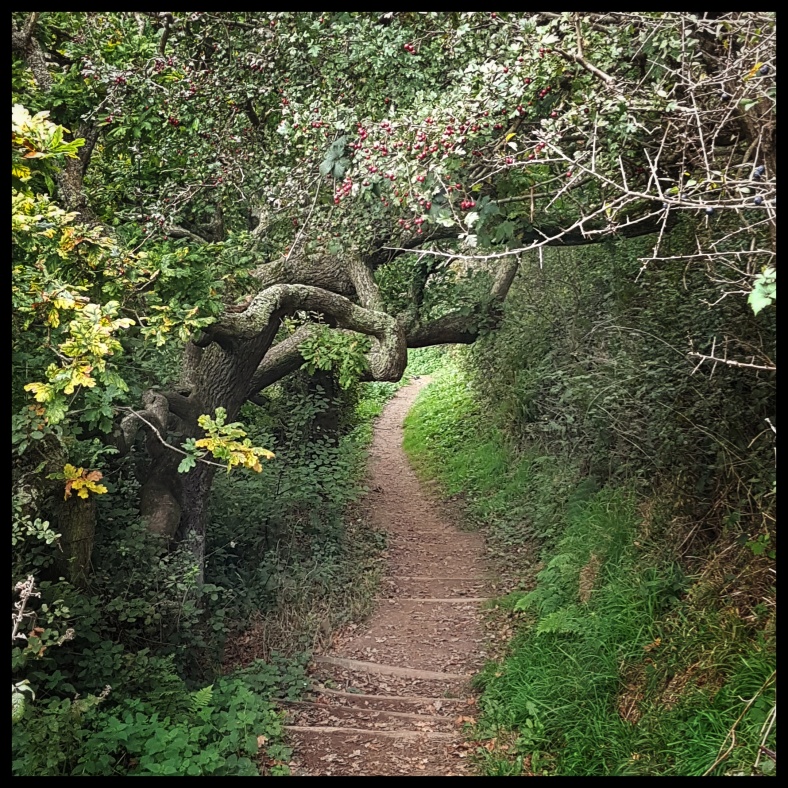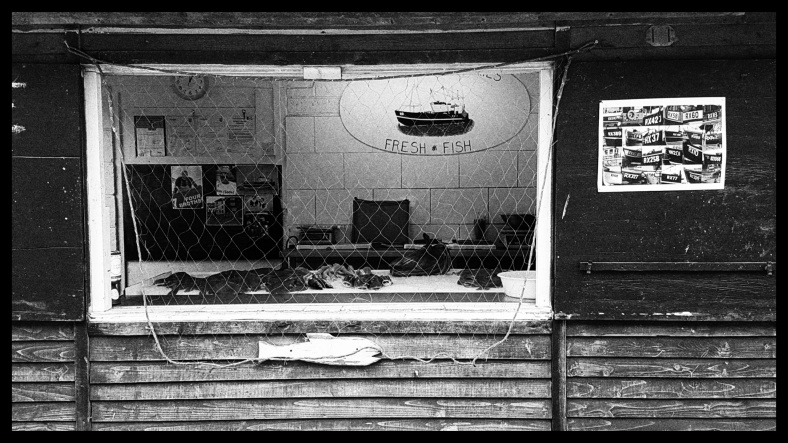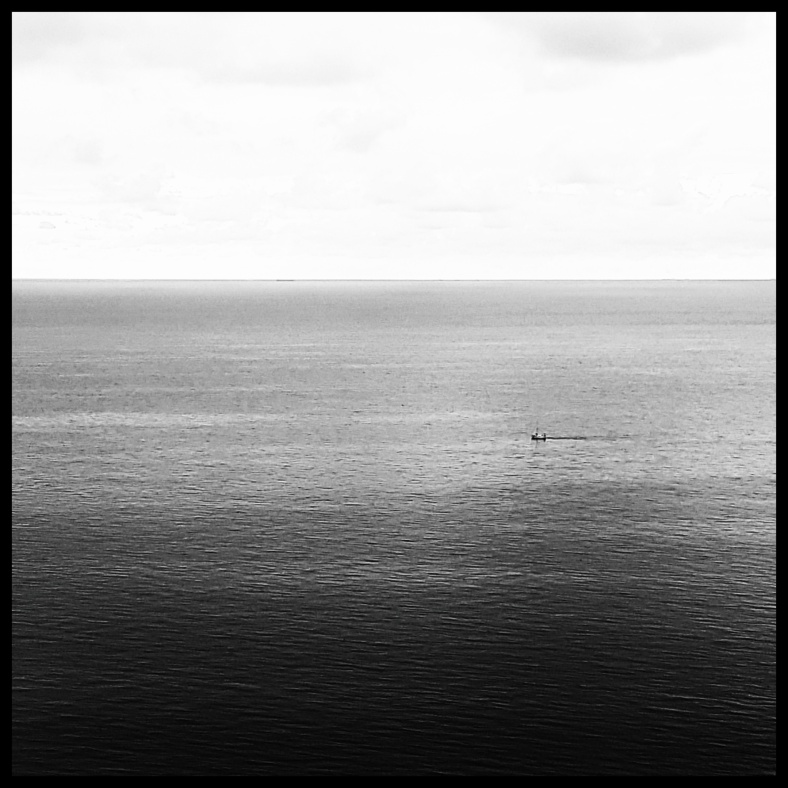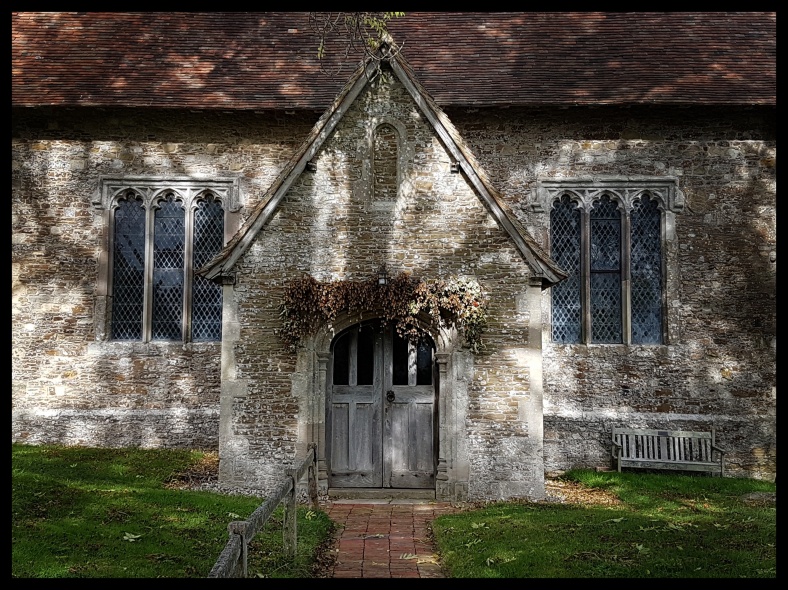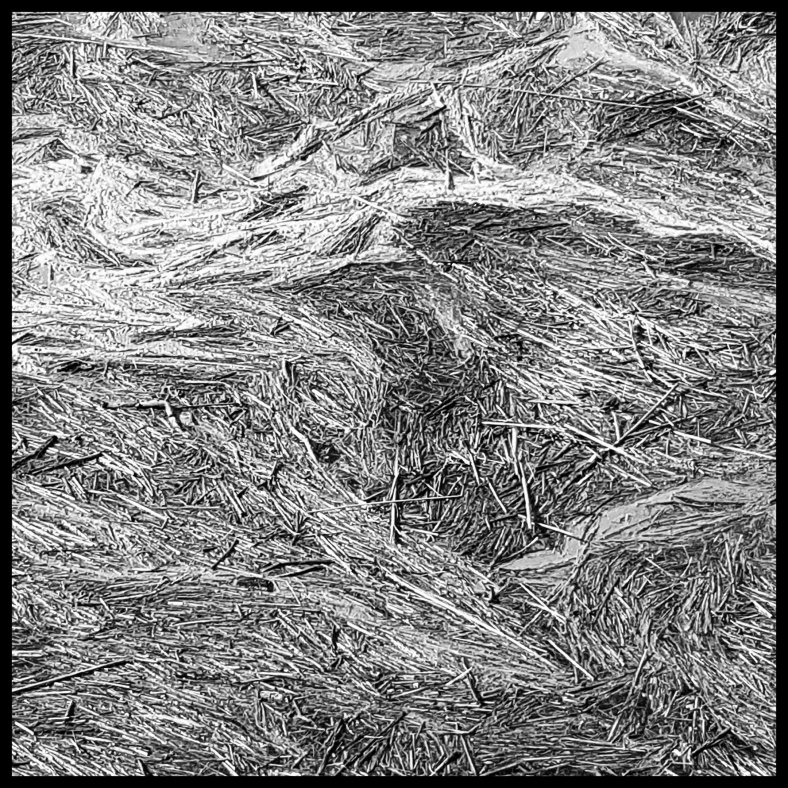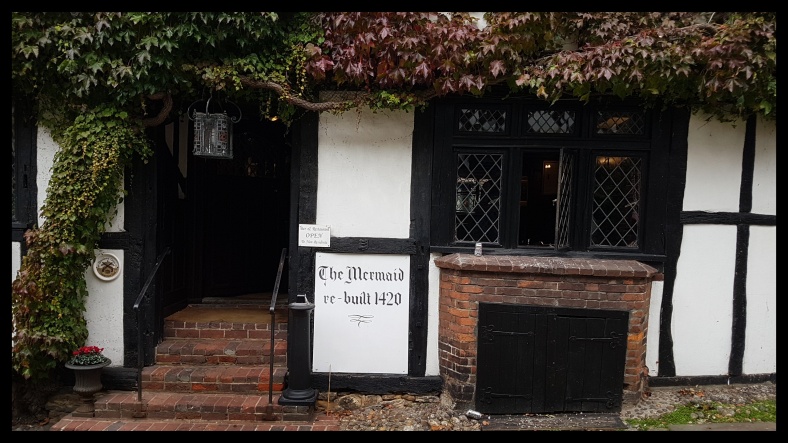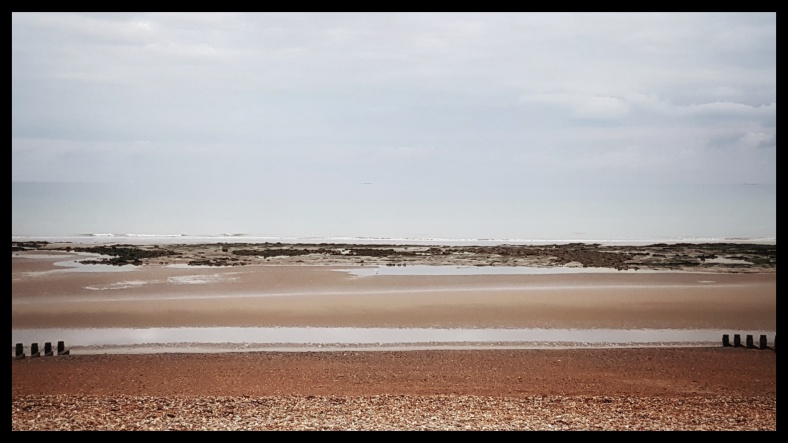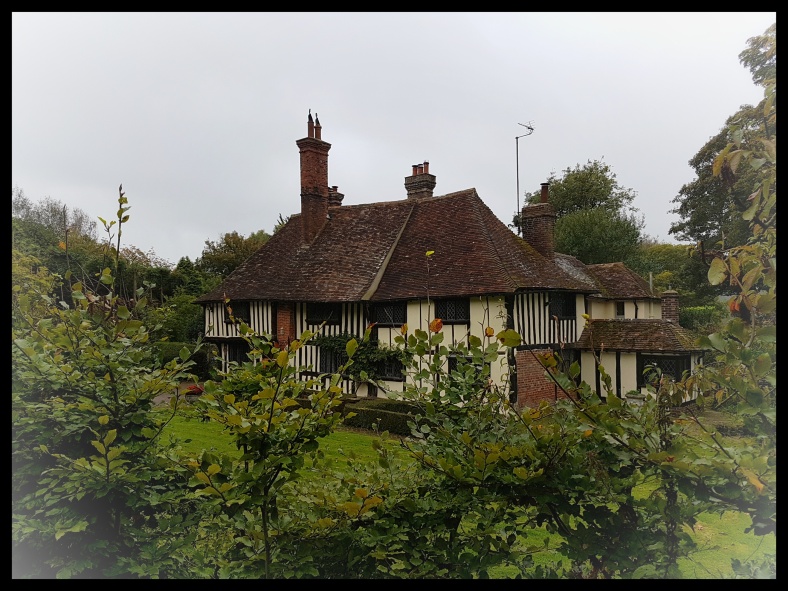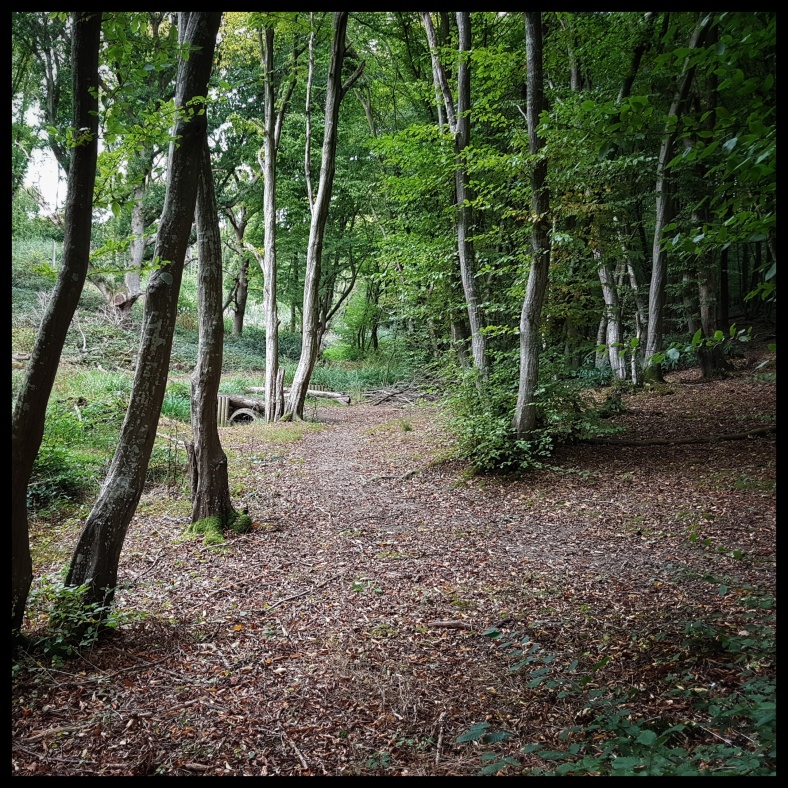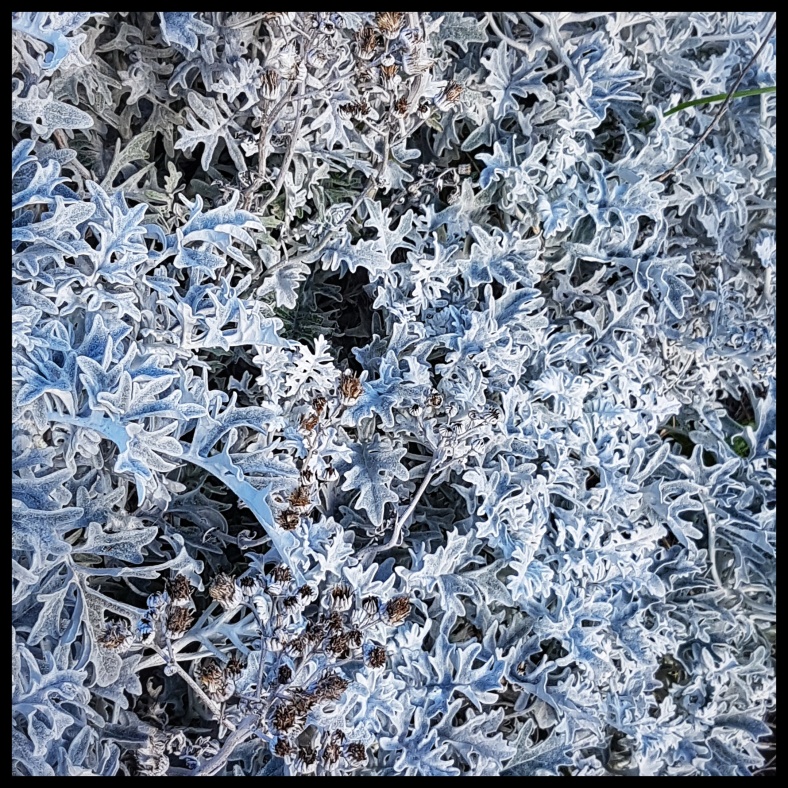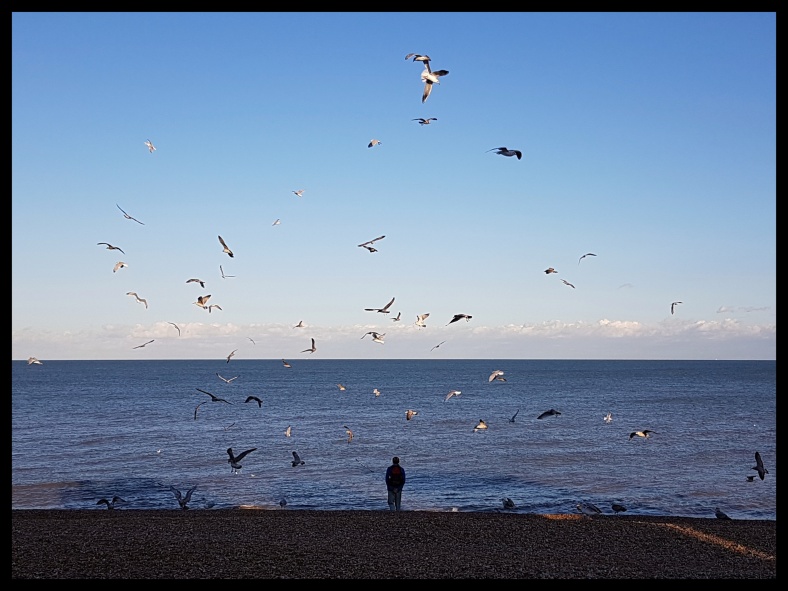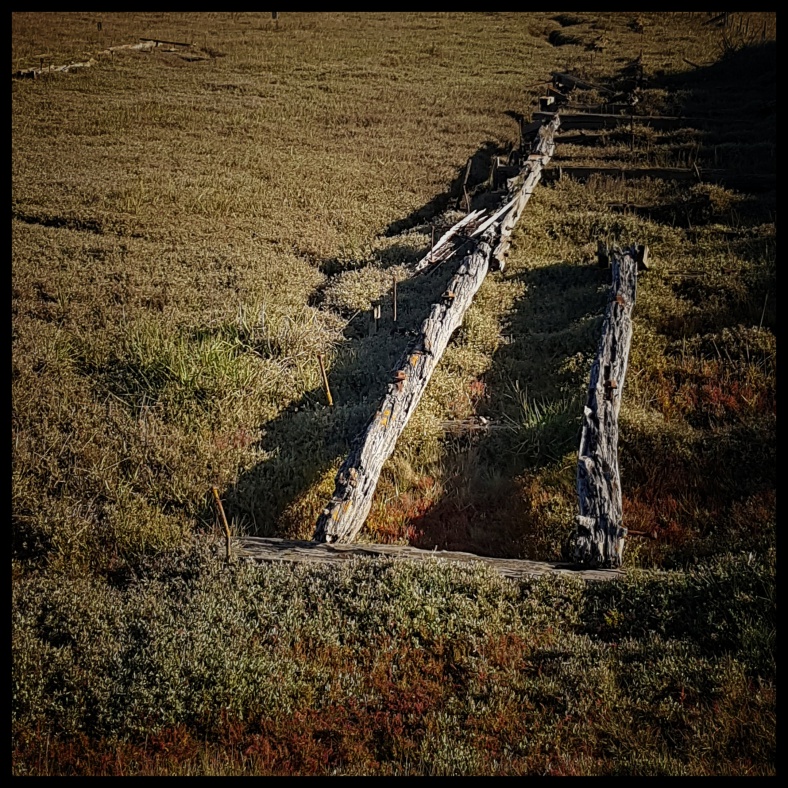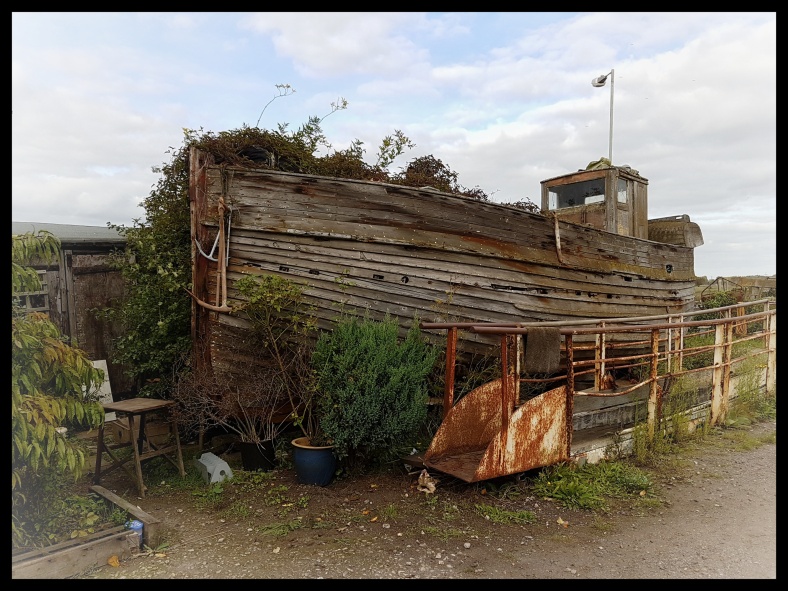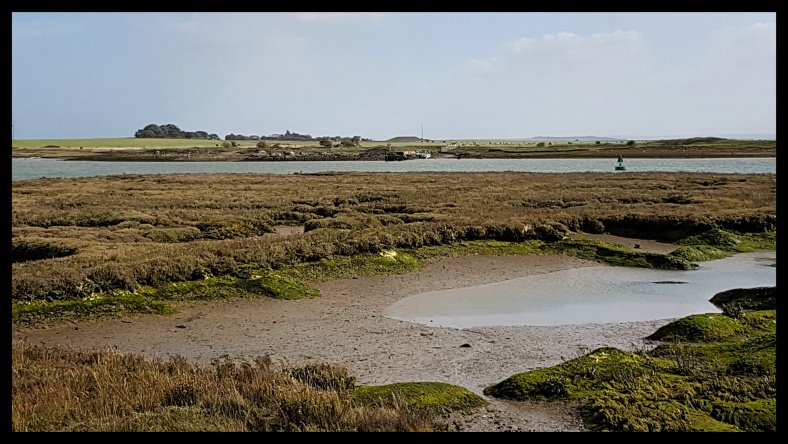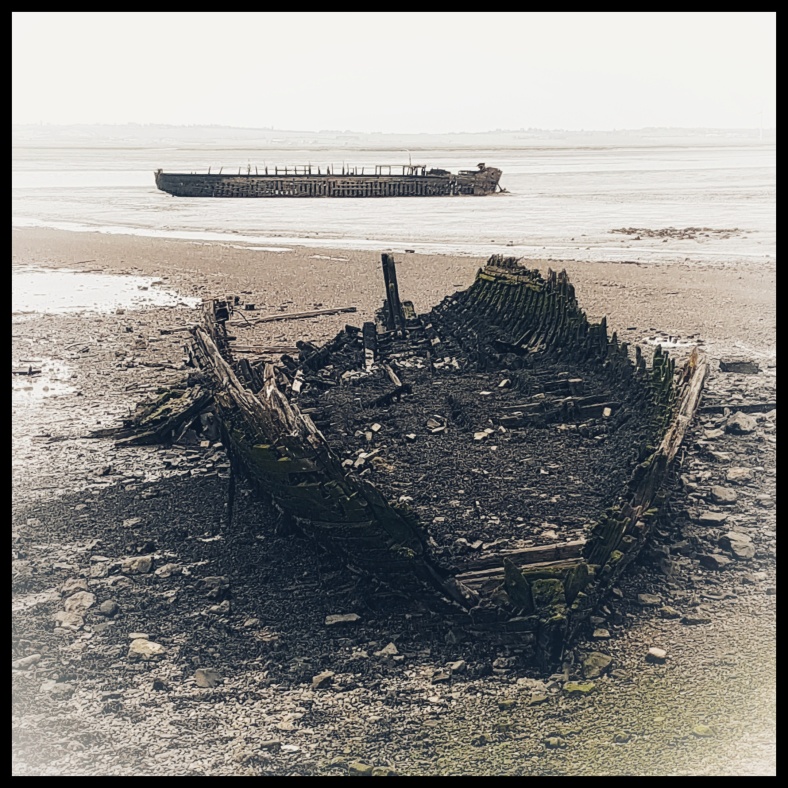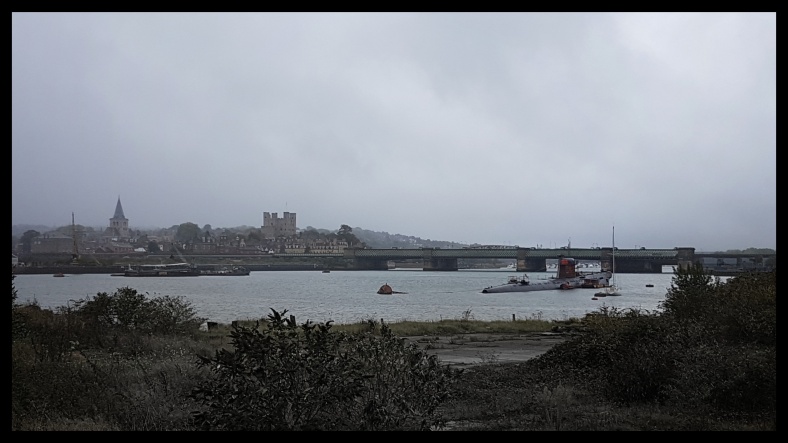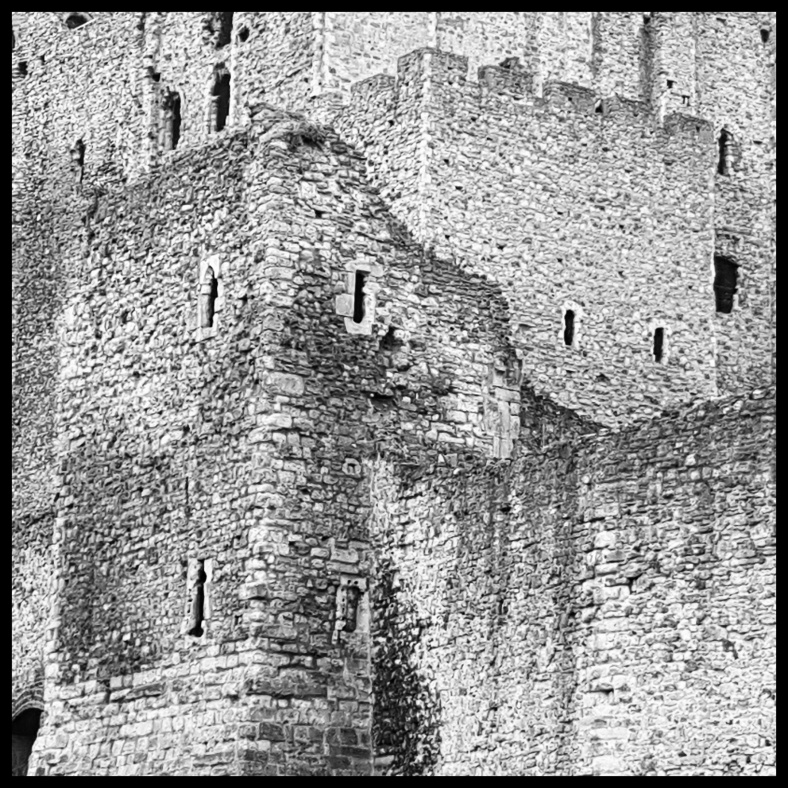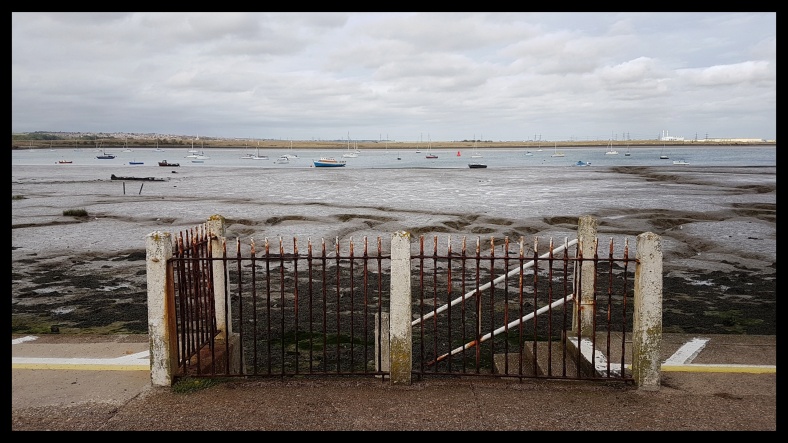Distance: 26.65 km
‘As they neared the shore each bar rose, heaped itself, broke and swept a thin veil of white water across the sand. The wave paused, and then drew out again, sighing like a sleeper whose breath comes and goes unconsciously.’ (Virginia Woolf)

The river Thames.
The super dark ND filter of the night melted down at first sight of an early autumn morning sun. My eyes popped open, a smile appeared and my body excitingly geared up for a day along the trail. I stumbled out of my cosy sleeping bag and tarp in search of a first clear view of my dear river Thames. I grew up along the magic of a tidal river and it somehow feels like a homecoming, and at the same time eager to see the diversity, walking the banks of ‘a river not knowing where it’s going or where it’s coming from’. Having breakfast while sitting on a little concrete wall on the bank with my head in the clouds and my feet among tufts of slimy brown bladderwrack, I feel fine.
“And please, what’s Hulks?” said I. “That’s the way with this boy!” exclaimed my sister, pointing me out with her needle and thread, and shaking her head at me. “Answer him one question, and he’ll ask you a dozen directly. Hulks are prison-ships, right ‘cross th’ meshes.” We always used that name for marshes, in our country. (Charles Dickens)
Gads Hill Place in Higham, only a stone’s throw away, was the country retreat of Charles Dickens, and the countryside between Chatham and Gravesend was no stranger to him. I have great expectations of today’s stage, being the setting of much of Dickens’s ‘Great Expectations‘. Dickens moved the prison-ships he saw on the Medway estuary to that of the Thames in his ‘Great Expectations‘ novel. It’s quite easy to imagine this scene today: the river merging into the salt marshes where a possible fugitive, his clothes wet through and weighing heavy, after having narrowly escaped the undercurrents, is getting stuck knee deep into sticky mud, surrounded by samphire and sea lavender.

Shornemead Fort.
A flock of goldfinches moves nervously around the graffiti clad remains of Shornemead Fort. This artillery fort was built during the 1860’s to support other nearby forts against seaborne attacks, but its location on marshy ground led to major problems with subsidence and was henceforth disarmed by the early 20th century. Now only the brightly coloured front of the casemates survives.
A herd of slovenly Konik ponies grazes the marshes, consisting of Sea aster, sea lavender, samphire, cordgrass and searocket among them; the beached wreck of the Hans Egede in the background. This was a Danish wooden 3-masted vessel built in 1922, reported damaged by fire close to the North Hinder light vessel in 1955, and after a stopover at

The Hans Egede wreck.
Dover and the Medway the ship retired here, near Cliffe Fort. The wreck is now a gateway to the past and the home of numerous species of seaweeds. Cliffe Fort was built during the same period as Shornemead Fort and encountered the same problems with subsidence. Cliff Fort, now fenced off, is possibly most famous as the fort where the first torpedo launcher was installed, at the end of the 19th century. The Saxon Shore Way passes the Brennan torpedo rails, before going underneath the conveyor of the aggregates works. I leave the Thames at Cliffe Creek and enter the inland of Hoo Peninsula, past the lagoons of ‘Cliffe Pits and Pools’ Nature Reserve. Here is see the first of many egrets, the illuminated jewels of the mudflats and creeks along the Saxon Shore Way. On top of the white chalk escarpment nestles Cliffe village, a reminder of the sea which must once have splashed beneath the town. The Kentish rag and flint St. Helen’s church shines in the sun. Crossing the fields between Cliffe and Cooling, a pilot is having fun in his little agile plane, happily making acrobatic circles, swooping low over the fields, drawing a smile on my face.

The opening scene of Great Expectations, Cooling churchyard.
The dangers of marshland life. Not this plane, but gnats, marsh fever, ague or malaria. The last outbreak occurred in 1918, when English mosquitos are thought to have picked up the malaria parasite from soldiers returning from Greece and India. An eighteenth-century historian described the marsh dwellers as being of a ‘dingy, yellow colour’ thanks to their distempers, and recorded that ‘it’s not unusual to see a poor man, his wife, and whole family of five or six children hovering over their fire in their hovel, shaking with an ague all at the same time’. This family could easily have been the Comports, whose graves at Cooling churchyard make clear. Beneath the headstones is arrayed a terrible legion of dead babies, each one marked by a small, sad lozenge of grey stone: thirteen lost infants in all. Dickens opened his novel ‘Great Expectations‘ in this bleak, abandoned place, these graves.
‘At such a time I found out for certain that this bleak place overgrown with nettles was the churchyard; and that Philip Pirrip, late of this parish, and also Georgiana wife of the above, were dead and buried; and that Alexander, Bartholomew, Abraham, Tobias, and Roger, infant children of the aforesaid, were also dead and buried; and that the dark flat wilderness beyond the churchyard, intersected with dikes and mounds and gates, with scattered cattle feeding on it, was the marshes; and that the low leaden line beyond was the river; and that the distant savage lair from which the wind was rushing was the sea; and that the small bundle of shivers growing afraid of it all and beginning to cry, was Pip.’ (Charles Dickens)
After a break and a decent pint at The Horseshoe & Castle Inn, I resume my walk. Through orchards and after a steep walk up the wooded Northward Hill, the view across Hoo Peninsula is far reaching. From now on it’s slowly descending in the direction of the Medway estuary. The tower of Grain Power Station will be the landmark for the upcoming days. An overgrown Bessie’s Lane takes me to Fenn Street. This lane, a reference to Elizabeth I, is believed to be the route used by the queen on her journey from London to Chatham Dockyard in 1573. At Hoo I decide to take the lower route along the banks of the Medway. It’s low tide and the extensive mudflats of the river show their full glory, creeks drawing coiling lines on the brown and green canvas, dotted with the derelict hulks of boats. Hoo Marina is a weird place. Don’t expect a fancy, snobbish marina, no, it looks like a safe harbour for outsiders: Hoo Marina Park, loads of fly tipping, the marina itself a ramshackle of boats spitting the wrecks on the nearby mudflats, no shiny white boats but the smell of metal and oil, no sailors in fancy clothing

Cockham Wood Fort.
but those used to heavy duty, beautifully strange houseboats. I like those places, little social code, what you see is what you get, no varnish needed; but I don’t like fly tipping, it’s such a shame. beyond the marina is a pebble beach along a steep wooded bank. The remains of the red brick Cockham Wood Fort contrasts beautiful against the dark foliage of the trees. Oak and the occasional elm line the beach. The fort was built in 1669 as a direct result of the Dutch raid on Chatham Dockyard in 1667. Upnor Castle further upstream took for the previous hundred years on the role of defending the dockyard. Behind the castle is a picturesque cobbled street leading back to the shore. Now the river is dotted with sailing boats, in Dickens’s time prison-hulks floated instead on this same river. I started the day with Dickens, and I will end it with him. Dusk is falling rapidly. Close to the 64 metres long early medieval tithe barn of the Manor Farm at Strood I put up my tarp, cook my meal and fall asleep.
Day 1 – Day 3
Copyhike by Roos Muylaert, 2017 – feel free to use this info to organise your own hike.
